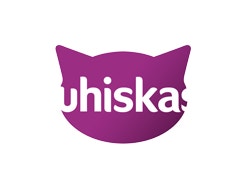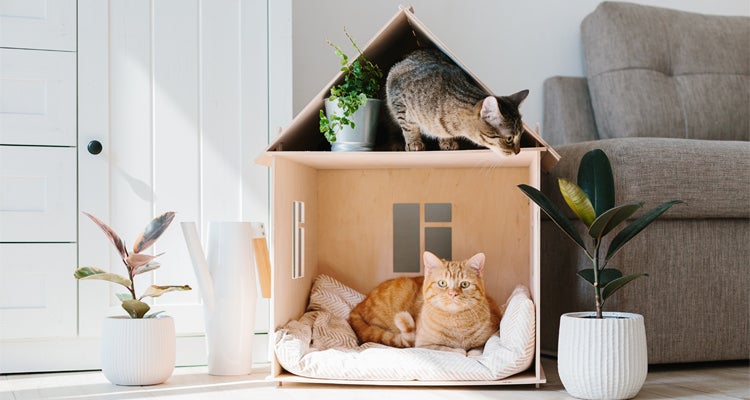
As a cat parent it is not uncommon to find yourself wondering about what and how much you should be feeding your cat .”Is the cat food I have chosen good enough?”, “Am I feeding my cat too much or too little?” - questions like these are a common fixture for cat parents.
But feeding your furball is not all that difficult. However, you will need to keep in mind some variables before you arrive at the right cat diet chart - the age of your cat, dry cat food or wet cat food, and your cat’s energy and activity level, to name a few.
From life stage to feeding quantities, WHISKAS® offers a comprehensive guidance on cat feeding and portioning. Understanding a cat feeding guide ensures your cat gets the right amount of food and nutrients for their development. Another thing to keep in mind when feeding your cat food is to serve them food at room temperature.
Kitten Food (From Weaning to 12 months)
Till they are about four to five weeks-old, kittens rely on their mothers for all their essential nutritional needs. At around seven weeks is typically when most kittens are weaned off mothers milk, but even from week four you can start introducing them to specially formulated kitten food like WHISKAS® Kitten Pouch.
Three to four times a day is usually how often kittens need to be fed until they are six months old, after which two to four meals per day are advisable. This helps ensure that they are getting the right amount of cat food and nutrients for their development. Understanding cat feeding quantities is essential to ensure your cat’s health and well-being.
Adult Cat Food (From One Year to Seven Years)
Once a kitten turns one year old, they are considered an adult cat and can transition to an adult cat diet that is balanced and complete. An adult cat that is healthy and active would need about 240 calories per day, which can be met by having a mix of dry and wet food.
It is recommended to feed your cat wet food in the morning and at night, while the dry cat food can be portioned and left out for them to graze on through the day. WHISKAS® 1+ Cat range offers balanced nutrition to keep your adult cat in the best of health in their active years.
Senior Food (Seven Years and Older)
While their curious nature and innate cattiness will continue being an unmissable part of your day as they age, their food habits and choices may become a lot more selective. Older cats have different nutritional needs and it’s crucial to pick a diet that meets their changing bodies and requirements.
For instance, WHISKAS® Senior range is enriched with extra taurine for eye and heart health, zinc and linoleic acid for a healthy skin, and the optimum amount of phosphorus which help support healthy kidney function.
Another thing to keep in mind when feeding your cat food, is to serve them food at room temperature. Most cats do not prefer eating things that are cold or refrigerated. And don’t forget to keep a regularly topped up supply of water readily available to keep your feline friend hydrated.
With changing life stages, it is important for you to keep adapting their changing metabolism and dietary requirements. Because when you feed them right, you feed their spirit too!












